Pancreatitis is a fairly common disease that can be treated successfully, the main thing is to equip yourself with the necessary knowledge about what is beneficial and what makes the condition worse. A specially selected diet for pancreatitis will significantly assist in treatment.
On the contrary, what you can not and what is very useful to consume, in what quantities and under what conditions, as well as other important information can be gleaned from this article.
What is pancreatitis?
Pancreatitis is a painful condition of the pancreas where its function is impaired.. The juice secreted by this organ begins to have a destructive effect on the gland, digesting its tissue. A rather unpleasant and unsafe situation. It can occur in a severe acute or milder chronic form and cause different consequences, depending on severity.
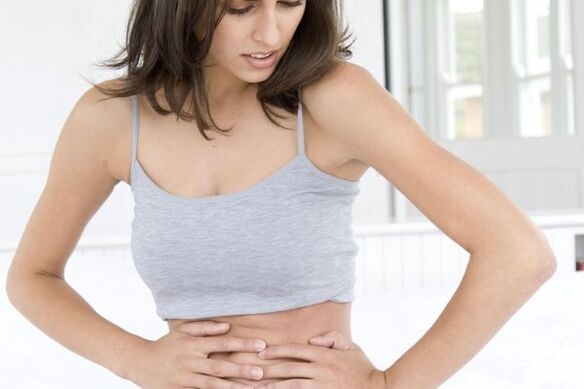
The onset of problems with the pancreas, for the most part, is associated with excessive alcohol consumption, overeating, addiction to fatty, salty, smoked foods and unwillingness to follow a reasonable diet. At the same time, a person may not realize for a long time that he has pancreatitis, and cannot maintain his previous lifestyle, but needs to take care of his health.
What factors affect the development of the disease:
- viruses and bacteria;
- fungal infections;
- pancreatic injury;
- helminth infection;
- Infectious Diseases;
- surgical intervention;
- disease of the gallbladder or its ducts;
- taking certain medications (diuretics, estrogen, etc. ).
The disease attacks with severe pain in the abdomen, abdomen and from the right side to the spine.. Such crises can last up to several hours, and are accompanied by nausea, vomiting, severe pain, and general poor health. This condition requires urgent medical intervention to prevent complications.
What foods can and cannot be used for pancreatitis?
The pancreas is designed to produce the so-called pancreatic juice, which includes hormones and enzymes necessary for breaking down proteins, fats, carbohydrates - everything that a person eats every day. If the synthesis of these substances is impaired, if the ducts become inflamed and swollen, then fluid will certainly stagnate, leading to dysfunction of this organ.
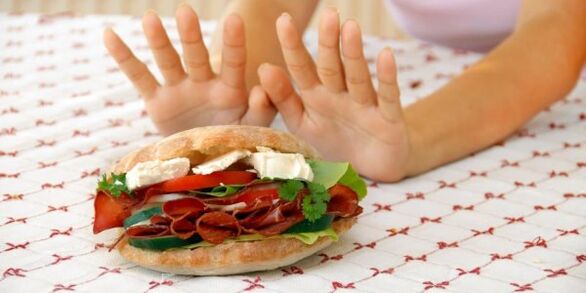
People with pancreatitis need to avoid eating foods, what they are allowed to eat and what they are not allowed to eat, and need to know to stay healthy. Dishes are chosen so as not to overload the inflamed glands.They should be nutritious, rich in protein but easily digestible.
Authorized product
The following products may be permitted:
- Bread or buns made from high-quality flour (fresh bread is not recommended, yesterday's bread is better), crackers, unsalted crackers.
- The first dish is with vegetables such as zucchini, pumpkin, and potatoes. Vegetables can be further pureed, cereals can be boiled until pureed.
- Meat. All types of diets are suitable: rabbit, chicken or turkey. Before cooking, remove the skin from the meat, cut off all skin and tendons, and boil thoroughly. The meat is then ground into small pieces or into pate.
- Fish. Lean varieties such as haddock, cod, and white fish are best. You can cook fish soup or cutlets, pate, aspic.
- Boil porridge from the most common cereals until thick. Prepare porridge or casserole with skim milk or just water.
- Milk, fermented baked milk, Varenets, cottage cheese and other similar products have low or zero fat content.
- Omelettes cooked in a pan without oil from fresh chicken or quail eggs - no more than twice a week.
- Vegetables – grill without oil, boil, grill or steam.
- Fruit – any fruit that does not irritate the stomach in its natural or grilled form.
- Unheated oil can be added to prepared dishes in small quantities (you can use butter or any vegetable oil).
- Liquids - mineral water without gas, weakly brewed tea, juices, natural juices diluted in half with water, medicinal infusions with anti-inflammatory properties.
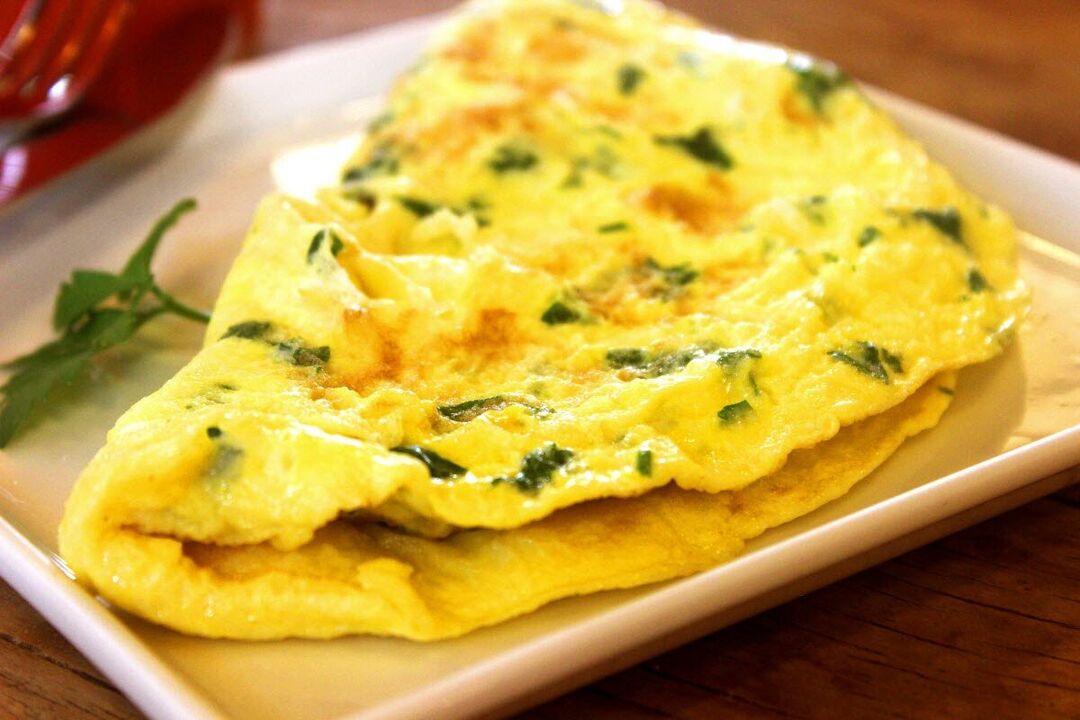
Prohibited products
In order not to aggravate the condition, you should consider the diet for people with pancreatitis.
What you should not eat and what foods you should avoid are listed in the list:
- You should limit sausages, fried meat and dishes made from them, rich meat broths, mushrooms and fish.
- Avoid cakes, pastries, waffles, and cakes during an exacerbation.
- Do not eat fatty, salted or smoked fish and canned fish.
- Cheese and sour cream should also be avoided.
- Pearl barley, barley and other coarse and difficult-to-digest grains should not be used.
- Any food fried or stewed in oil is prohibited.
- Vegetables such as radishes, radishes, radishes, radishes, cabbage, peppers, onions, garlic contribute to the worsening of the disease.
- Cream, dark chocolate, jam or jam, figs, dried apricots, dates, prunes and other similar products should be forgotten during illness.
- It is unacceptable to eat dishes containing spicy spices, artificial colors or MSG.
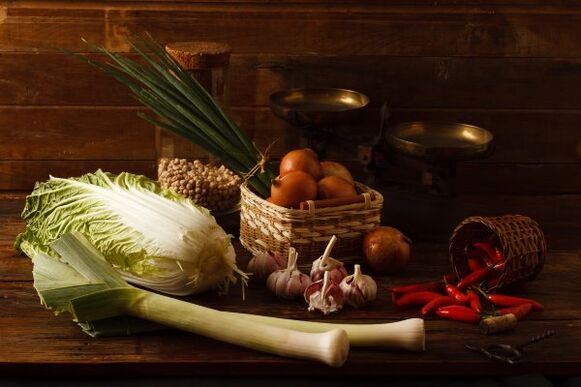
The temperature of prepared dishes is important - they should not be hot or too cold.
Use spices, herbs and seasonings
Any spices improve the taste of the dish and make it more aromatic, however, when it comes to pancreatitis, spices can negatively affect the patient's condition. You will have to stop using mustard, vinegar, horseradish, garlic and onions. Any spicy seasoning can aggravate the condition. Even salt should be limited, used in minimal amounts, it is better to take sea salt and put it in ready-made dishes - this will preserve useful minerals.
Doctors allow ready-made dishes seasoned with caraway seeds, basil, parsley and fennel seeds.. You can also use saffron and oregano. Vanillin can be added to desserts. Turmeric occupies a special place in the list of spices. This spice has antioxidant properties, contains very beneficial essential oils, improves digestion and has anti-inflammatory and anti-cancer effects.
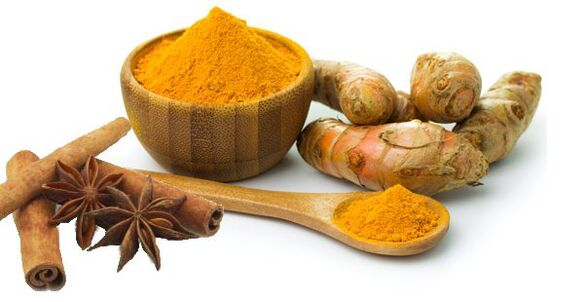
Another beneficial substance is cinnamon.Helps normalize blood sugar levels and restore impaired digestion. Even the smallest amount of cinnamon added to food can enhance glucose absorption by 20-fold, which is truly invaluable for people with impaired carbohydrate tolerance.
Turmeric and cinnamon are beneficial for pancreatitis and help support the body.
The use of cinnamon will have a positive impact on the health of anyone suffering from pancreatitis.
Diet timing for pancreatitis
Let's take a closer look at the duration of the diet and what is not allowed for pancreatitis.
During an acute attack, you should abstain from food for 1 to 3 days. Drink clean water or carbon-free mineral water in small portions. To minimize symptoms of the disease, apply cold compresses to the inflamed area. You can use a heating pad filled with ice or water.
During the acute period, the patient must be given bed rest and complete rest, since any noise, stress or nervous tension negatively affects the patient's condition.

Every day, so that there are no exacerbations, you should follow the recommended diet for pancreatitis, taking into account what you can eat and what you cannot eat. This diet course is usually recommended for a period of 3 weeks to a month.
During this time you can eat the following dishes:
- soup with vegetable broth;
- thick, slightly sweet porridge boiled until smooth;
- steamed vegetables, fried eggs;
- tea, rose water and dried fruits are not too strong;
- Freshly squeezed juice diluted in half with water.
Furthermore, in the chronic stage of the disease, a gentle diet should be regularly applied. This is necessary to prevent acute conditions that threaten serious consequences. Careful attention to this issue will avoid damage to organs such as the liver, stomach, and intestines, whose activities are related to the pancreas.
Consequences of poor diet
It is important to remember that you should not violate the pancreatitis diet. The consequences can be very dangerous.
There is a risk of developing very adverse consequences:
- Bile stasis causes jaundice;
- possible perforation and bleeding;
- high likelihood of stomach ulcers;
- Diseases of the esophagus often occur;
- risk of developing hepatic hypertension;
- portal or splenic vein thrombosis;
- high likelihood of developing pleurisy;
- duodenal disease;
- pancreatic tumor;
- risk of developing diabetes.

Approximate diet menu for pancreatitis: recipes
Cream soup
Ingredient:
- Processed cheese for soup - 1 pc.
- Head of broccoli – 200 g
- Chicken breast – 150 g
- Carrots – 100 g
- Crackers - 1 tbsp. I.
- Salt to taste
Put the chicken in a pot with water, add salt to taste and cook until fully cooked. Add carrots and broccoli and cook for about 20 minutes. Finally, add processed cheese or other mild cheese to the dish, bring to a boil and let the soup infuse. Blend the soup in a blender and sprinkle with croutons when serving.
Fish salad
Ingredient:
- 1 tbsp. I. green bean
- 1 tbsp. I. boiled carrots
- 1 tbsp. I. low-fat cheese
- sea fish fillet – 60 g
- Boiled potatoes - 30 g
- Boiled radish - 30 g
Cut fish fillet and vegetables into small cubes, lightly salt, season with sour cream, decorate with herbs if desired - dietary salad is ready.
Diet cheese and vermicelli casserole
Ingredient:
- vermicelli - 1 cup
- milk - half a cup
- cheese - half a cup
- fresh egg - 1 pc.
- sugar - 1-2 tablespoons. I.
- salt - 0. 5 teaspoon.
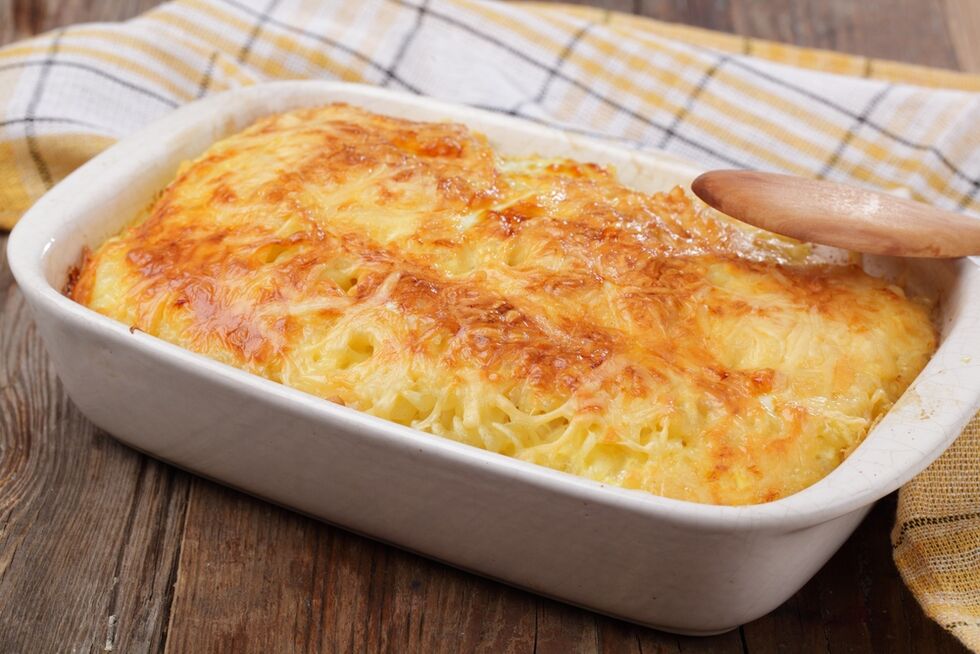
Boil the vermicelli, let it cool a bit, add fresh cheese, eggs beaten with milk, sugar and salt, mix well and then put into the mold. Bake in the oven until golden brown.
Cereal and pumpkin porridge
Ingredient:
- Boiled pumpkin – 300 g
- Boiled rice - 300 g
- Milk – 200 g
- Sugar - 5 teaspoons.
- Salt - 1 teaspoon.
Grind all the hot ingredients into a puree and beat a little - the porridge is ready.
Fruit cake
Ingredient:
- bananas - 2 pcs.
- peaches - 2 pcs.
- apples - 2 pcs.
- berries - a handful
- yogurt – 200 g
- cookies
- gelatin
Dilute gelatin with water according to package instructions. Gradually add yogurt to the jelly and stir until smooth. Arrange the cookies on the bottom of the mold - this is the first layer, then the jelly layer, the third layer is the fruit puree. Next add the jelly and fruit again. There is another layer of cookies on top. Decorate the cake with fruit circles and any berries on top. Place the cake in the refrigerator. Once frozen, you can eat it.
Nutritional characteristics
It is important to follow the prescribed diet. Products and dishes with this diagnosis are selected very carefully.The product must be boiled or steamed thoroughly. Raw foods need to be pureed or chopped. Do not use soups, cereals and drinks that are too hot or too cold as they can irritate the stomach. To avoid bloating, divide meals into small portions.
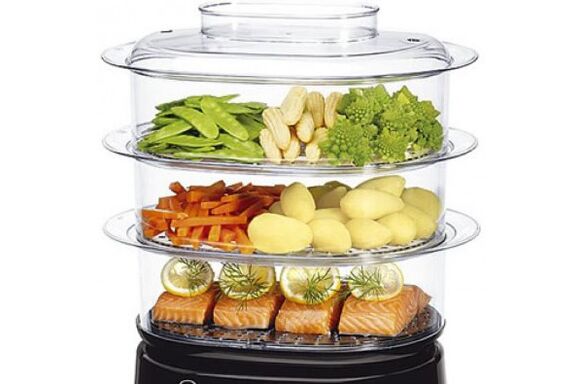
It is important not to overload the digestive tract, observing the ratio of consumption: fats - no more than 70-80 g, carbohydrates - 350 g, proteins - 60-100 g. Eat food in small portions, slowly, slowly, chewing each bite.
You should not drink while eating.
Because liquid dilutes gastric juice, weakening the digestive process.
You should completely avoid salty, fried, smoked foods and exclude carbonated drinks. The consumption of alcohol is not permitted. Canned foods are not beneficial for this disease.Cakes, muffins, sweets, hot or spicy foods are unacceptable for pancreatitis.
Meat broth is allowed to be used during the period of stable remission of the disease. Only use chicken or turkey. The broth must first be drained. Before eating, grind the meat in a blender to a paste.
Symptoms of pancreatitis
Pancreatitis is a serious and sometimes life-threatening condition, so it is important to know its symptoms so that appropriate treatment can be started immediately.The earliest sign of the disease is pain in the abdomen, below the right ribs or lower back pain..

It may be painful, stabbing, pulsating, or otherwise. Most often, pain occurs due to foods that are too fatty, fried, too salty, spicy or smoked. The pain can be so severe that it cannot be relieved even with medication.
Another possible manifestation is heartburn, heartburn, sudden increase in temperature, intestinal dysfunction - diarrhea or constipation, while stools often have an unnatural greasy appearance.Vomiting or severe nausea may occur. From the cardiovascular system - arrhythmia, feeling of lack of air.
What signs indicate pancreatitis:
- stool disorders;
- urge to vomit;
- high fever;
- stomach-ache;
- low back pain;
- stomach-ache;
- bloating in the abdominal area;
- nausea or vomiting;
- sudden weight loss;
- heat;
- weakness, helplessness.

Pancreatitis can be treated surgically or conservatively. Compliance with nutritional regulations plays an important role in treatment. A diet for pancreatitis, what is not allowed during the course or exacerbation of the disease and, conversely, what is recommended will help create the right diet, improve healthand improve quality of life.














































































